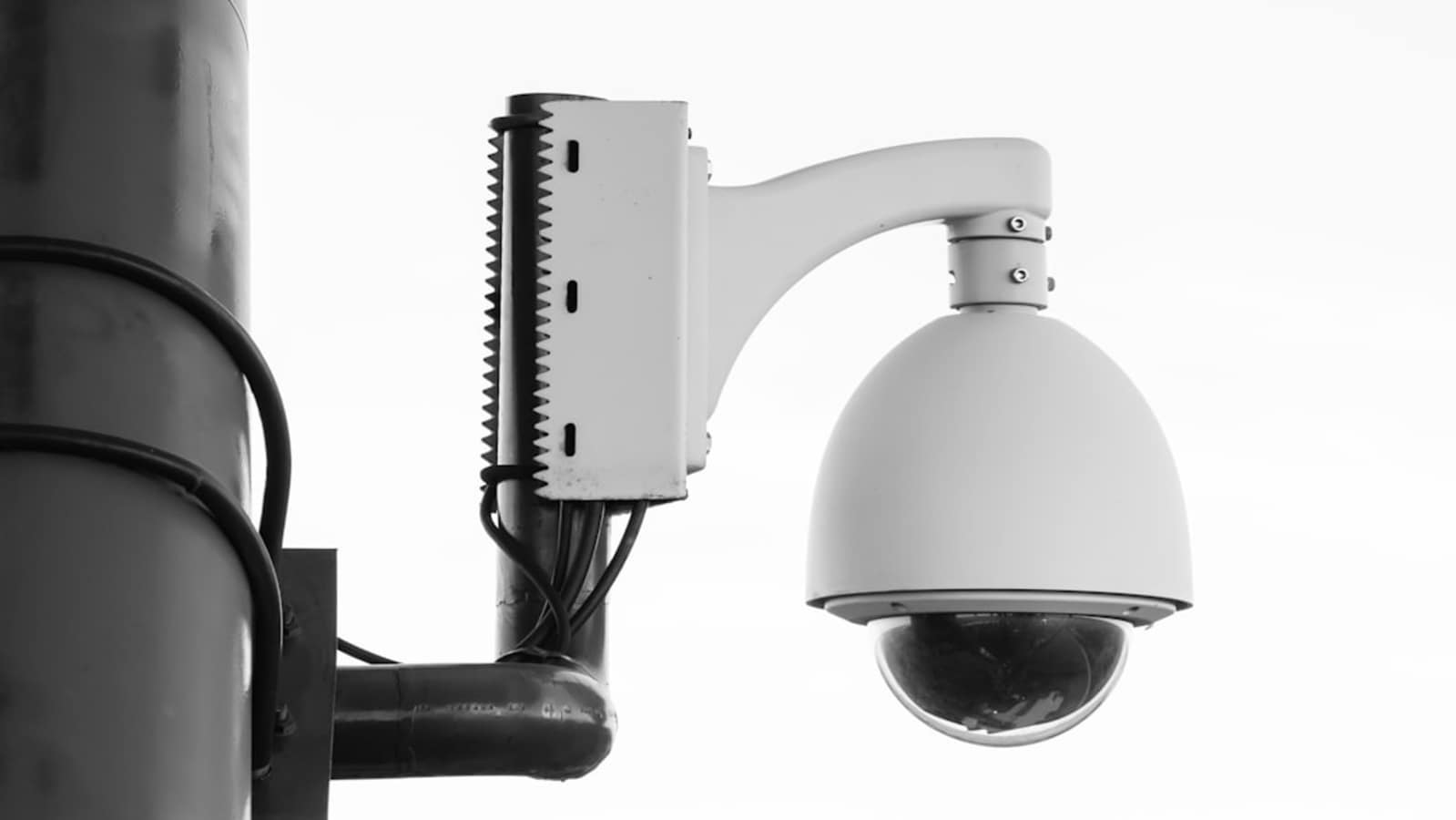Artificial intelligence is no longer just a buzzword in law enforcement. In Telangana, it’s becoming a real-time crime-fighting tool. The state’s Anti-Narcotics Bureau has activated an AI-based surveillance system at Bhadrachalam Bridge, a checkpoint long considered a key corridor for narcotics movement.

This isn’t a standard CCTV installation. Telangana Anti-Narcotics Bureau (TGANB) has deployed AccessGenie, an AI-powered video analytics platform developed by Blue Cloud Softech at the Bhadrachalam Bridge checkpoint. The bridge, a key transit zone in the region, is often exploited by narcotics traffickers.
The system goes beyond passive recording by analysing video footage live, scanning number plates, and flagging behavioural deviations such as loitering, route repetition, or erratic driving. It detects anomalies and dispatches alerts instantly via SMS, email, or WhatsApp to the relevant field units.
Mobile finder: iPhone 17 Air expected to debut in the coming months
The idea is simple: reduce human delay and increase detection accuracy. Instead of watching hours of footage or relying on spot checks, officers now receive real-time intelligence when something doesn’t add up.
One of the system’s critical roles is identifying potential vehicle fraud, spotting mismatched license plates or duplicate entries that could point to transport being used for trafficking. Combined with location-based movement tracking, the AI can also learn what “normal” looks like at the checkpoint and raise red flags when something feels off.
This surveillance layer is especially important for areas like Bhadrachalam, where river crossings and sparse oversight make it easy for traffickers to blend in. While routine checks still play a part, AI surveillance now adds a second, smarter layer, scanning everything and missing very little.
Officials familiar with the operation say this is just the beginning. The system is designed to scale. Over time, facial recognition, gunshot detection, and deeper behavioural analysis may be added to cover more threat scenarios.
Rather than replacing human judgment, the AI feeds into it, giving officers sharper leads and less noise. This hybrid approach reflects a growing trend in law enforcement: using machines to watch patterns while people focus on action.
In a space where timing and accuracy can make or break a bust, Telangana’s move to embed AI into its anti-narcotics efforts signals a clear shift, from reactive enforcement to proactive surveillance. It’s a glimpse of how modern policing could evolve, where technology doesn’t just record crime, but predicts and prevents it.























